A unique multi-platform programming system in the new National Archaeological Museum of Reggio Calabria MArRC
The Archaeological Museum of Reggio Calabria (acronym MArRC) has recently been included among the twenty great museums of the new Italian National Museum System, following the conclusion of a phase of restoration of the premises and renovation of the layout that began a few years ago. The new layout includes a multimedia apparatus available to visitors, including an interactive multimedia system, three-dimensional and holographic effect reconstructions, and play and educational applications. A section dedicated to deaf people with Italian sign language has also been created, to improve accessibility and the autonomy of people with hearing impairments when visiting the museum.
The multimedia layout was designed with the needs of archaeologists and the different groups of users visiting the Museum in mind. The design of the new layout of the Museum includes the subdivision of the exhibits into Islands, i.e. areas by subject. Each Island has one or more interactive monitors (‘kiosks’) which illustrate all the information on the displayed artefacts with text, images and videos.
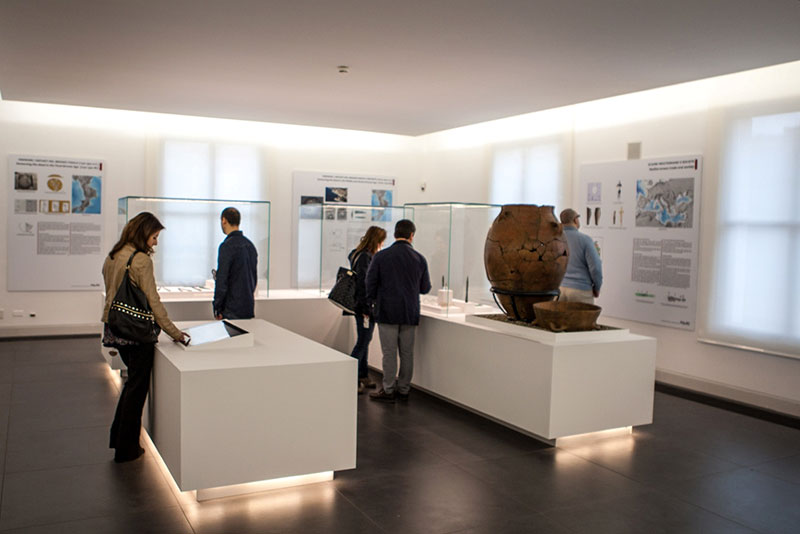

In addition to the interactive systems of the Islands, the multimedia apparatus of the Museum also includes several non-interactive installations, which are integrated into the exhibition route over four floors.
Starting with the prehistoric area, some exhibits – including several female statuettes – were difficult for the average visitor to understand, so they were digitally reconstructed in a series of videos. In the Magna Graecia area, in order to better appreciate the majesty of the structures that once stood, detailed 3D reconstructions of two temples have been created.

To the already comprehensive exhibition of coin artefacts, a digital exhibition has been added with accurate captions and, for the most significant specimens, videos containing 3D scans to improve their visibility and give the opportunity to grasp decorative details that might go unnoticed. In addition, a playful-educational application, designed especially for younger age groups, concerns the Pinakes of Locri, and explains what they are (terracotta votive tablets with bas-relief and multi-coloured depictions, generally produced for devotion to divinities). The application, consisting of puzzles, recolouring and a scientific part, allows visitors to play with these votive tablets and, at the same time, offers insights into their uses and meanings.
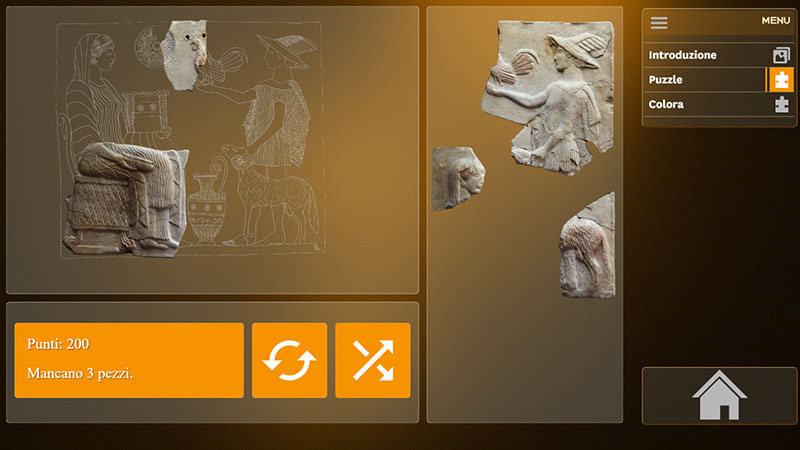

Finally, a series of 3D reconstructions have been made in order to better understand certain aspects of daily life in antiquity.
Hypothetical digital reconstruction of the “House of Taureanum”




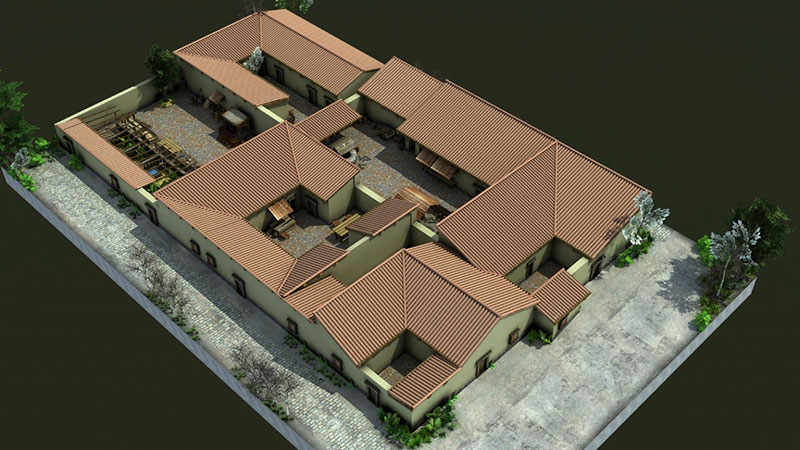

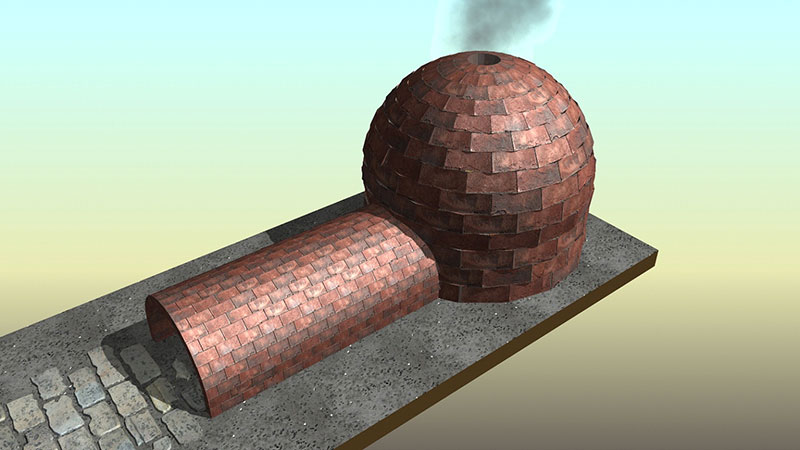


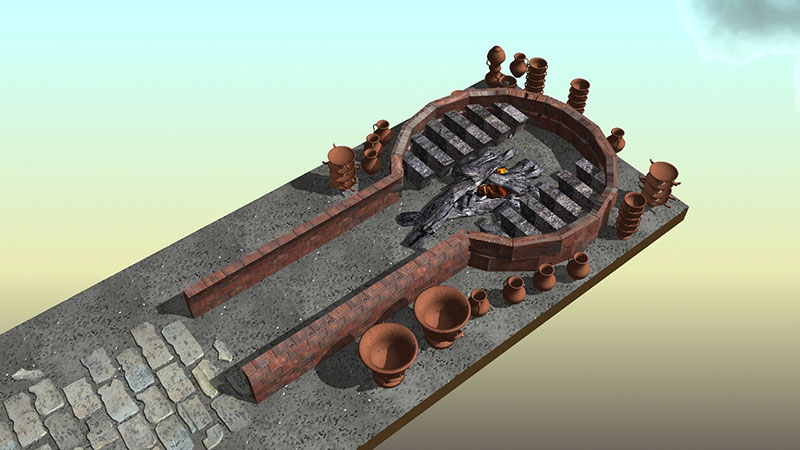
A not insignificant advantage of the digitisation of artefacts, is that of being able to bring them to life, showing their practical use, as was done for the 3D reconstruction of the Varapodio Bowl, which can be admired in an animated video and a 3D-scanned video.
https://www.youtube.com/watch?v=W_Hgd8KKKL4
The wait to see the Riace Bronzes can exceed ten minutes, so a video documentary has been devised to illustrate the history of the Warriors, and above all to explain how the latest restoration work was carried out with a word or two on future protection and conservation technologies. The documentary can make the waiting time enjoyable and, at the same time, worthwhile. The Hall of the Great Bronzes also hosts the holographic effect projection of a reconstruction hypothesis of the so-called Head of a Philosopher of Porticello.

Again regarding the exhibition islands on the ground floor, in addition to the application on each monitor, videos have been made of three-dimensional reconstruction hypotheses for two terracotta matrices, for the Lastra Griso-Laboccetta bas-relief and two reconstruction hypotheses of the Reggio Kouros, one of the many masterpieces belonging to the Museum of Reggio Calabria.
Conclusions
Working on the multimedia layout of the new Archaeological Museum of Reggio Calabria was a unique and highly formative experience. First and foremost, it is only right to remember all the archaeologists who helped process the texts, and organise the contents included in the display islands, and the Scientific Directors who, from the very beginning, did their utmost to ensure that everything was successfully completed. Thanks must also be extended to the digi.Art collaborators who worked so hard to create and install the entire complex multimedia apparatus. Special thanks also go to the previous Superintendent for the Archaeological Heritage of Calabria, who worked so hard to set in motion such an impressive organisational machine like that required to complete the Museum layout. Finally, our thanks to the new Director, who we are certain will contribute to making the Archaeological Museum of Reggio Calabria one of the most prestigious in Italy.
Abstract
The National Archeological Museum of Reggio Calabria (MArRC) – dedicated to the history of the Magna Graecia and the culture of its peopleis one of the twenty big italian museums – has recently undergone a major renovation; this renovation included non-interactive 3D digital restorations of several items, and thirty interactive multimedia systems in the form of Kiosks.
Two solutions are typically chosen whenever someone need to start the design of an interactive Kiosk: the “digital flip book”, skeumorphism that mimics the physical book, and the “Content Management System”, mostly following a “What You See Is What You Get” approach. Both solutions have shortcomings, as the “flipbook” is out of place when the visitor is standing up in a potentially busy public area, and commercial Content Management Systems need too much work to support tens of non-networked kiosks.
We briefly describe the current exhibition and its multimedia systems, how we managed to organize all the original content in a hierarchical Abstract Content Tree, and how we used that data structure to generate installable App Kiosk packages.
Autori
Rosanna Pesce
Giuseppe D’Aquì
Giusepppe Musicò
digi.Art
info@digiart-rc.it

